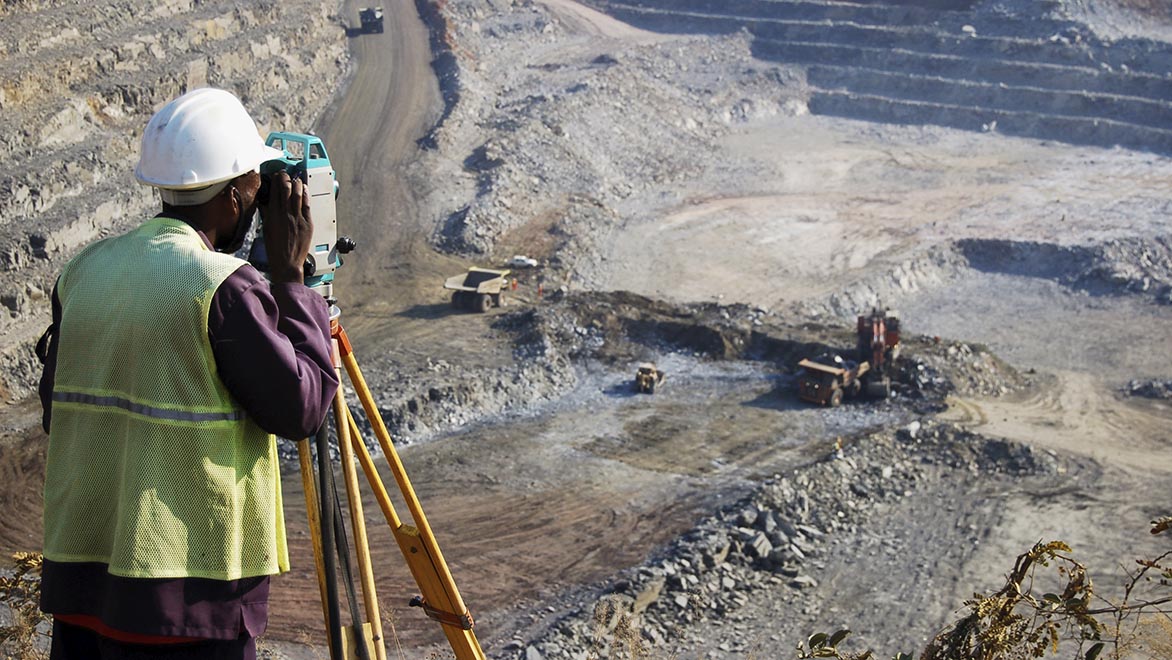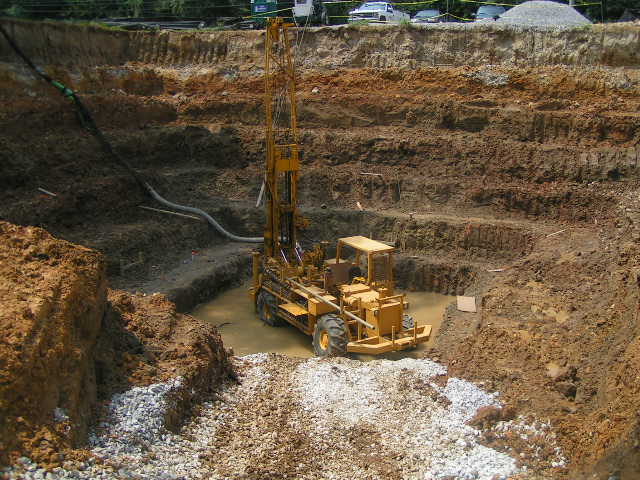Geotechnical Geologist Services for Accurate Dirt and Rock Evaluation
Geotechnical Geologist Services for Accurate Dirt and Rock Evaluation
Blog Article
Exactly How Consulting Engineers Enhance Geotechnical Design Projects: Insights Into Their Competence, Methodologies, and Collaborative Approaches
Consulting designers are crucial in boosting geotechnical design projects, using their specialized understanding to navigate the complexities of subsurface conditions. Their methodologies incorporate a variety of site examination methods, including Requirement Penetration Examinations (SPT) and Cone Penetration Tests (CPT), which notify vital choices during the style and building stages. Furthermore, their collective approaches foster communication among varied job stakeholders, eventually forming the job's trajectory. As we check out the diverse duties these specialists play, it becomes clear that their payments extend past technical knowledge, motivating a closer look at the effects for job success.
Duty of Consulting Engineers
The competence of getting in touch with engineers in geotechnical engineering is fundamental to the effective execution of building and construction projects. These specialists play a crucial function in assessing dirt and rock residential or commercial properties, which are vital elements affecting layout and building and construction decisions. By carrying out extensive website examinations, speaking with designers gather vital data that informs the layout procedure, making sure tasks are improved secure and ideal ground.
Consulting designers likewise supply vital insights into threat management (geotechnical geologist). They determine prospective geotechnical threats, such as landslides, soil liquefaction, and negotiation problems, enabling stakeholders to carry out reliable mitigation strategies. Their competence help in maximizing foundation styles, which can lead to significant cost financial savings and improved safety
In addition, speaking with designers offer as a vital web link in between project proprietors, designers, and contractors. Their capacity to equate intricate geotechnical information into workable recommendations promotes collaboration and assists in educated decision-making throughout the task lifecycle. This multidisciplinary approach not just enhances project performance however likewise makes certain compliance with regulative requirements and finest techniques.
Key Methods in Geotechnical Design

One key technique is website investigation, which entails conducting field examinations and research laboratory analyses to gather information on subsurface problems. Strategies such as Criterion Penetration Testing (SPT) and Cone Infiltration Screening (CPT) are widely used to review soil stratigraphy and stamina. Furthermore, geophysical methods, including seismic and electric resistivity studies, provide non-invasive ways to examine subsurface features.
An additional essential approach is mathematical modeling, which enables engineers to imitate various situations and anticipate just how soil-structure interactions will act under different loading conditions. Limited Element Evaluation (FEA) is a typical technique used in this context.
Additionally, the layout of structures, keeping structures, and earthworks relies heavily on these methods - geotechnical geologist. By incorporating advanced analytical tools with field data, speaking with engineers can create tailored options that address particular project difficulties, inevitably contributing to the stability and safety click here for more of building and construction jobs
Relevance of Soil Evaluation
Soil evaluation works as a fundamental element in geotechnical design, supplying crucial insights right into the physical and chemical homes of soil essential for reliable building planning. Comprehending dirt attributes is essential for establishing its load-bearing capacity, water drainage actions, and possibility for settlement or instability. In-depth soil investigations, including tasting and laboratory screening, aid determine criteria such as soil type, wetness content, density, and shear stamina.
These analyses educate the choice of proper building methods and products, inevitably influencing task security and longevity. Natural soils might require various structure designs compared to granular soils, necessitating customized engineering services. Additionally, dirt analysis aids in recognizing contaminants that might position threats to human health and wellness or the setting, enabling the development of mitigation techniques.
Incorporating soil analysis into the beginning of job growth helps to decrease unforeseen difficulties, guaranteeing that engineers can anticipate and resolve possible issues prior to they escalate. By developing a detailed understanding of the website problems, speaking with designers can optimize style effectiveness and decrease prices, therefore improving the general success of geotechnical design jobs.
Joint Strategies in Tasks
Effective geotechnical tasks often depend upon collaborative strategies that combine varied competence from various self-controls. Efficient collaboration amongst getting in touch with designers, geologists, ecological researchers, and building and construction experts is vital for addressing complex difficulties and optimizing task results. By leveraging the one-of-a-kind skills and knowledge of each staff member, tasks can gain from a holistic understanding of the website problems, governing needs, and engineering restraints.
Regular interaction and interdisciplinary conferences promote read the article the sharing of understandings and promote a culture of synergy. These collaborative efforts enable the recognition of prospective threats early in the job lifecycle, enabling for prompt reduction strategies. Including comments from stakeholders, including regional neighborhoods and regulative agencies, makes sure that all point of views are taken into consideration, improving job approval and conformity.
Additionally, the integration of advanced modern technologies, such as Geographic Information Equipment (GIS) and Building Info Modeling (BIM), additional enhances collaboration. These devices enable the real-time sharing of information and visualization of geotechnical conditions, promoting informed decision-making. Inevitably, a collaborative technique not only enhances job execution yet likewise lays the foundation for cutting-edge remedies to complicated geotechnical design challenges.
Effect On Task End Results

Consulting engineers utilize sophisticated techniques such as danger evaluation and predictive modeling, which improve the precision of task forecasts. Their capability to incorporate cutting-edge innovations, like geotechnical instrumentation and information analytics, further fine-tunes the style and building procedures. As a result, jobs experience boosted performance, decreased expenses, and reduced delays.
Additionally, cultivating efficient communication and collaboration amongst employee enhances problem-solving capacities. When difficulties arise, an unified front permits for quick recognition of options, avoiding prospective setbacks. Ultimately, the joint efforts of consulting engineers add to higher quality outcomes, ensuring that projects satisfy both governing requirements and customer expectations.
Conclusion

Report this page